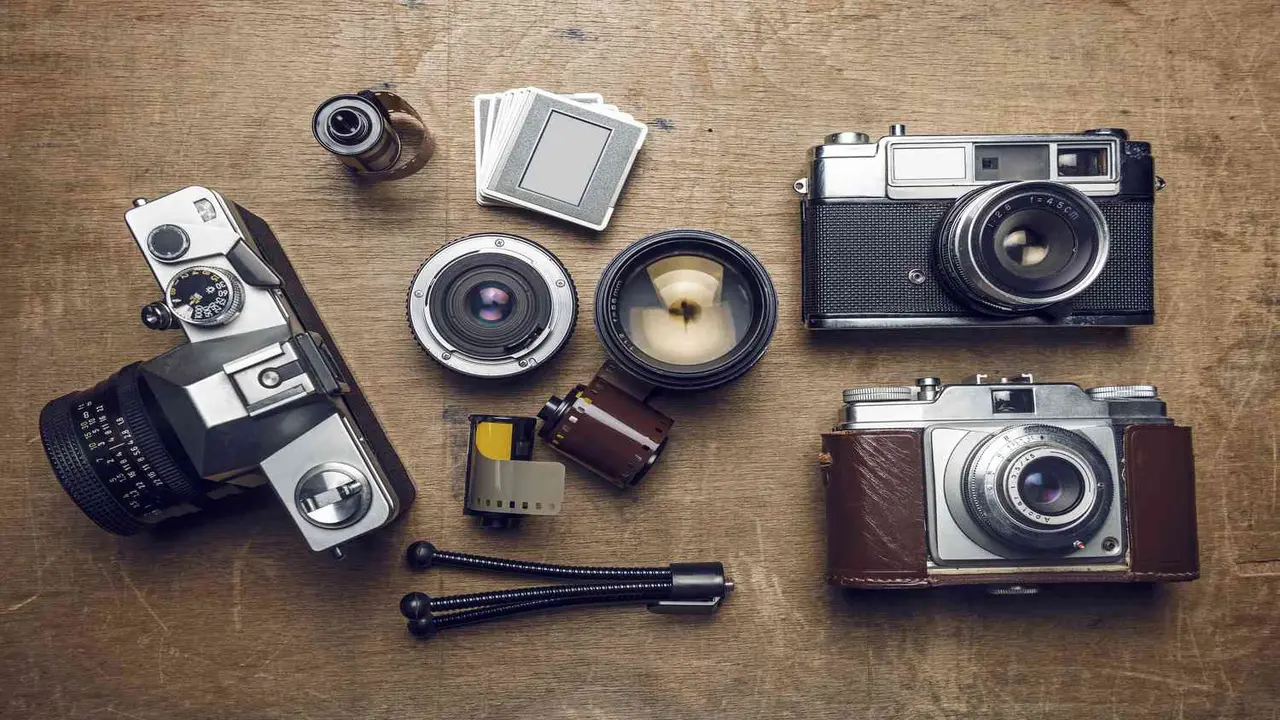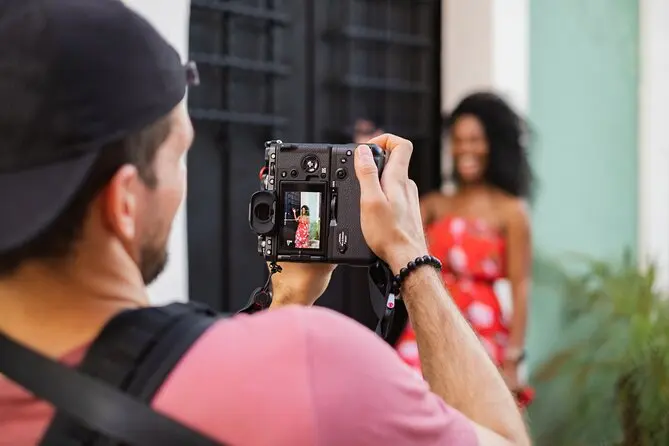Welcome to www-flickr.com – Your Ultimate Photography Resource Hub!
So I have a question for you and that is do you want to start creating amazing photos that you’ll be proud of and photos that will be appreciated by family and friends, if so it all starts right here right now with everything i wish i knew when i started photography 8 years ago.
Hello my name is John and it is my desire to help you elevate your photographic skills so you can fulfill your creative vision and if you’re ready to learn photography so you can start creating amazing photos let’s do it now real quick let’s go over some of the things you’re going to learn in this Guide.
In this Guide as well as the structure of this course so when it comes to mastering photography there are four key ingredients you must master in order to create amazing photos so those ingredients are knowing your camera equipment light composition and editing.
- Camera equipment
- Lighting
- Composition
- Editing
So everything You’ll discover over the next few hours are things i wish i knew when i started my photography career back in 2015 So the structure of this photography Guide will follow those four key ingredients but what we’re going to do is we’re going to start out with a quick start guide on photography to help.
you get started on the right track for creating amazing photos so this is going to include my five pro tips for starting your photography journey and what it means to paint with light so painting with light the video will be your foundation for everything you learn in this free photography guide so don’t skip it alright.
Step1: Master Your Camera Gear
So the first ingredient for mastering photography is getting to know your camera gear your equipment and how to use it to control the light and the paint with light so this is going to include detailed information about how your camera works an overview of the type of lenses and much more so it’s vital to know how your camera works to get the most out of it to create the type of images you want.
Types of Camera
So when it comes to cameras you can categorize them into four main categories this includes compact cameras slr or dslr mirrorless and smartphones now for avid creative photographers an slr or dslr camera is the most popular type of camera so slr stands for single lens reflex and the d in dslr stands for digital so in other words this
- Compact Camera
- SLR & DSLR
- Mirrorless
- Smart Phone
- Plus A 5th Type
How Cameras Work
A camera functions by capturing light through its lens and processing it into an image. Key components include the aperture (controls light intake), shutter speed (controls exposure time), and ISO (controls image brightness and noise levels).
Which Camera Should You Buy?
The best camera depends on your needs. If you’re a beginner, a compact or mirrorless camera might be a great choice. Enthusiasts and professionals might prefer DSLRs or high-end mirrorless models for greater control and versatility.
Understant Camera Lens
Lenses determine the perspective, field of view, and overall image quality of your photos. Here’s a breakdown of different types of lenses:
Zoom Lenses
Zoom lenses offer variable focal lengths, allowing flexibility in framing without changing lenses. They are ideal for travel and everyday photography.
Focal Length
The focal length of a lens (measured in mm) determines how much of the scene is captured. Wide-angle lenses (under 35mm) capture more, while telephoto lenses (over 70mm) zoom in on distant subjects.
Specialty Lenses
These include macro lenses (for extreme close-ups), fisheye lenses (for ultra-wide shots), and tilt-shift lenses (for perspective correction).
Lenses Deep Dive
Exploring lens quality and construction helps in choosing the best lens for your needs. Lens aperture (f-stop) determines depth of field and low-light performance.
Name Brand vs. Off-Brand Lenses
Top brands like Canon, Nikon, and Sony offer premium lenses, but off-brand manufacturers (e.g., Sigma, Tamron) provide budget-friendly alternatives with comparable quality.
Used vs. New Lenses
Buying used lenses can be a cost-effective way to access high-end glass, but it’s essential to check for scratches, dust, and autofocus performance.
Step 2: Understand Lightning
Before you move on to ingredient two which is exploring and harnessing the most important gradient of them all which is light so you’re going to discover the four characteristics of light and how they shape your subjects the quality of light and more
- Characteristics of light
- Quality of Light
- Color of Light
Lighting is the most crucial element in photography. It shapes the subject and influences the mood and depth of an image.
Characteristics of Light
- Intensity: The strength of the light source affects brightness and contrast.
- Direction: Light can come from different angles, changing the way shadows and highlights fall on a subject.
- Color Temperature: Light has different colors, from warm (golden hour) to cool (fluorescent or LED light).
- Quality: Soft light (e.g., overcast sky) creates smooth transitions, while hard light (e.g., direct sunlight) produces sharp shadows.
Quality of Light
Soft light enhances portraits by minimizing shadows, while hard light is great for dramatic effects and high-contrast images.
Color of Light
Understanding white balance settings ensures accurate color representation in your photos. Adjusting for warm or cool tones helps create the desired atmosphere.
Step 3: Composition
Next compoment is that you’ll be introduced to composition and how it can elevate your photography skills and your images to a whole new level of appreciation. Composition is a techniques help elevate your photography skills by creating visually appealing images.
What Is Composition?
Composition is the arrangement of elements in a frame to guide the viewer’s eye and create balance.
Composition Techniques
- Rule of Thirds: Divide the frame into nine equal sections and place key elements along the lines or intersections.
- Leading Lines: Use natural lines (roads, fences, rivers) to draw attention to the subject.
- Framing: Use natural frames like windows, doorways, or tree branches to focus attention on the subject.
- Symmetry and Patterns: Enhance visual appeal through balance and repetition.
Composition Examples
Analyzing great photography helps understand how composition techniques create impact.
Step 4:Editing Tips and
So finally i’ll provide some pro tips on editing your images like why you don’t need expensive software for editing? Where your editing should start and more pro tips to improve your photos.
Post-processing can enhance your photos and fix minor imperfections.
Best Photo Editing Software Choices
- Adobe Lightroom & Photoshop: Industry-standard tools for professional editing.
- Capture One: Preferred by many portrait and commercial photographers.
- Snapseed & VSCO: Great mobile editing apps for quick enhancements.
- GIMP: A free alternative for budget-conscious photographers.
Pro Editing Tips
Quick tips for creating amazing photos to help you get started sooner rather than later tip number five so you can start using your camera right now by putting it in program mode or auto mode. So this mode gives complete control over your camera settings to well your camera so basically.
Your camera is going to make all the decisions for you now this is an okay starting point however I recommend shooting in aperture priority mode instead now to get into that mode you’re going to turn a dial on your camera here to either a or av depending on if you’re using a nikon or canon.
- Start with White Balance: Adjust color temperature for a natural look.
- Enhance Exposure & Contrast: Fine-tune brightness and contrast for a balanced image.
- Sharpen & Reduce Noise: Improve clarity while minimizing grain.
- Crop & Straighten: Improve framing and alignment.
Photo Editing Resources
Beginner Photography Tips
At www-flickr.com, we provide photographers and enthusiasts with the best tools, tips, and tutorials to elevate their art. Whether you’re a beginner or a pro, we have something for everyone.
Advanced Photography Techniques
-
The Fascinating Evolution of Cameras: From Pinhole to Smartphone

Imagine a life without cameras. Almost unimaginable, right? It’s become such a necessity that it had to be fused with our phones so that we could carry it with us conveniently. Importance of Cameras But what if they never existed? So many memories would have been lost and never carried forward. And think about education;…
